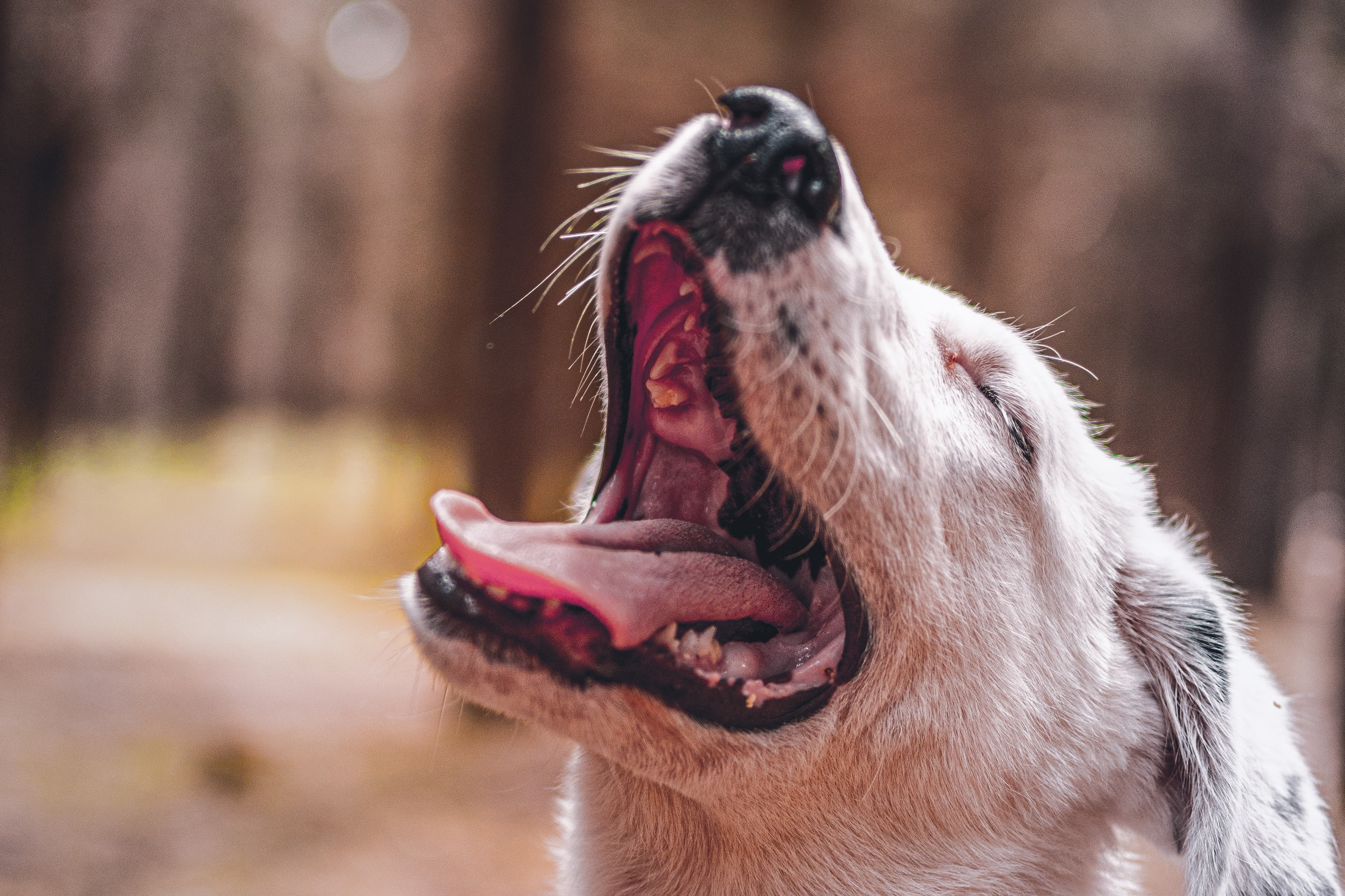How to teach your dog to be alone
If your dog is to be able to cope with being alone as an adult, it is a good idea to start this training in small doses as a puppy. If you have brought home an adult dog, it is a good idea to start the training in exactly the same way as with a small puppy. In very small doses, the dog or puppy will get used to being separated from you and, as a goal, being able to be completely alone for a while.
What are the rules for leaving dogs alone?
An adult dog that is used to being left alone can be left alone for up to 5 hours but this can of course vary depending on the individual. This applies to dogs that have been trained to be safe alone. It is therefore not acceptable to leave a dog that is not used to being alone for several hours at a time. Therefore, being able to stay at home with a new dog or puppy until it is safe enough to be left is a crucial part of bringing it home. If you are unable to take the puppy or dog to work, it may be able to stay with another family member it knows until it is ready to be left alone.
Dogs are very social creatures who dislike being left alone, it can be directly detrimental to the dog's mental health to be left alone for too long. Also, as mentioned above, how individuals and different breeds can thrive on being left alone varies greatly. Therefore, always evaluate the training and watch your dog to make sure it feels comfortable in the situation. Is it not safe? Stop the training immediately and back up a few steps to develop the training further.
Prerequisites
A prerequisite for successful solitary training is that your dog or puppy has had the opportunity to run off, do its business and is simply a little sleepy before the training. One way to make your dog sleepy is to activate it. A good way to do so is to use an activation toy such as this one. Solitary training is about getting your dog used to the fact that being alone is okay and something that feels safe. Therefore, we need to introduce the training very slowly where the dog neither panics nor registers grandly that it has been left behind.
Step 1
When your dog or puppy is a little tired, you can place it behind a composting grid, either in part of a room or in its own room with a chewing bone. The important thing here is that the dog sees you at all times. Don't pay attention to the dog but sit down and read a book or similar to occupy yourself with something else. Extend the time gradually and it is better to let the dog out too soon rather than your dog losing patience or becoming restless and starting to bark or jump up on the bars etc.
What do I do if the puppy whines?
If your puppy is not completely panicked, you can let it whine a little without drawing attention to it. If you find that the puppy is panicking, the training has been too difficult and you will have to back up a few steps to make it feel safe again. This could be sitting right next to the bars or making sure the puppy is properly tired when you put it behind the bars.
When can I let the dog out?
The most important thing in this exercise is not to let your dog out when it is growling, standing and putting its paws up on the bars trying to get your attention. Then you risk rewarding those behaviours and getting a dog that is always growling, barking or scratching its paws against bars and doors. Therefore, only let your dog out if it is calm and resting or sleeping.
Step 2
Continue to put your dog behind a composting grate but now you can go into another room so your dog doesn't see you. Remember to always let your dog out when it is not barking or whining and that you increase the time gradually.
Step 3
Now try locking your dog in another room. It's always a good idea to give your dog a chew to occupy him at first. Chewing is also calming for the dog and puts it in the right frame of mind. At this stage, gradually increase the amount of time your dog is left alone. Should your dog start barking, record how long your dog has been alone and let your dog out earlier next time. It may be helpful to vary the time slightly so that your dog never knows exactly when it will be released.
Step 4
Now your dog is calm when it is shut in another room, it is time to start leaving the house/apartment when the dog is tired. Start by taking out the garbage or getting the mail and leaving your dog alone. Short sessions, many times a day are preferred. Remember to never go back into the home if your dog whines or squeals. Then wait until your dog is quiet before going back inside. With observation for your dog to experience panic. Then you should definitely go in to your dog and back up a few steps in training.
Extend the time your dog is left and evaluate if it's time to take a step back or continue pushing the time.






